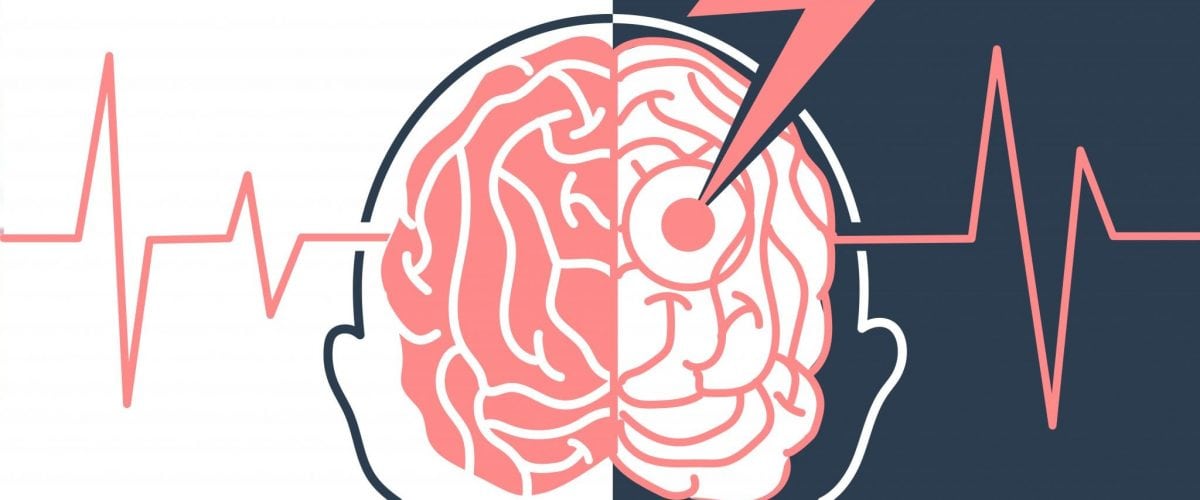Healthy Living
Worldwide, stroke is the second leading cause of death. According to the World Health Organization, 15 million people suffer from strokes each year, and more than one third of those strokes result in death. The key to reducing these incidences is spreading awareness around the risk factors and warning signs for stroke.
A stroke occurs when blood flow, and thus oxygen flow, to the brain is stopped, causing affected areas of the brain to become damaged or die. The symptoms of a stroke depend on the area of the brain affected, and in some cases a person may not even know that he or she is having a stroke. Because it’s imperative for stroke victims to get to the hospital as quickly as possible, knowing the warning signs provided by the National Stroke Association’s Act FASTcampaign can truly be the difference between life and death:
- Face– When he or she smiles, does one side of the face droop?
- Arms– Can he or she raise both arms without one drifting downward?
- Speech– When asked to speak is his or her speech slurred?
- Time– If you observe these signs, call 911 immediately.
There are other symptoms of stroke that may be less discernible to the average bystander. Among these are a sudden headache that gets worse when changing positions, bending or coughing; a change in alertness (e.g., sleepiness, unconsciousness); loss of any of the five senses; confusion or loss of memory; dizziness, vertigo or loss of coordination; and numbness or tingling on one side of the body. Swiftly recognizing stroke symptoms and seeking treatment means a lesser chance of serious brain damage and permanent disability.
Knowing the warning signs is helpful in the event of a stroke but knowing the controllable risk factors and taking action can actually reduce your chances of having a stroke. 80 percent of strokes are preventable. Treatable risk factors include high blood pressure, cigarette smoking, physical inactivity and obesity. Quitting smoking, adopting a healthy diet and exercising regularly can help you maintain a healthy body weight, blood pressure and cholesterol level. If someone you know has recently suffered a stroke, visit www.HospitaltoHomecare.com for information about the discharge process, post-hospitalization care and recovery at home. Additional recovery tips are available in Home Care Assistance’s Patient Guide for Post-Stroke Care. Stop by our Valleydale Road office for a free copy of the guide as well as other home care assistance resources.


-Debra Beadles
Owner, Home Care Assistance of Birmingham
5291 Valleydale Rd., Ste. 123, Birmingham, AL 35242
205-438-6925








